A Brief History of Project Moby Dick, the Cold War’s Least Believable Surveillance Strategy
The U.S. once launched hundreds of balloons in an attempt to spy on the Soviets.
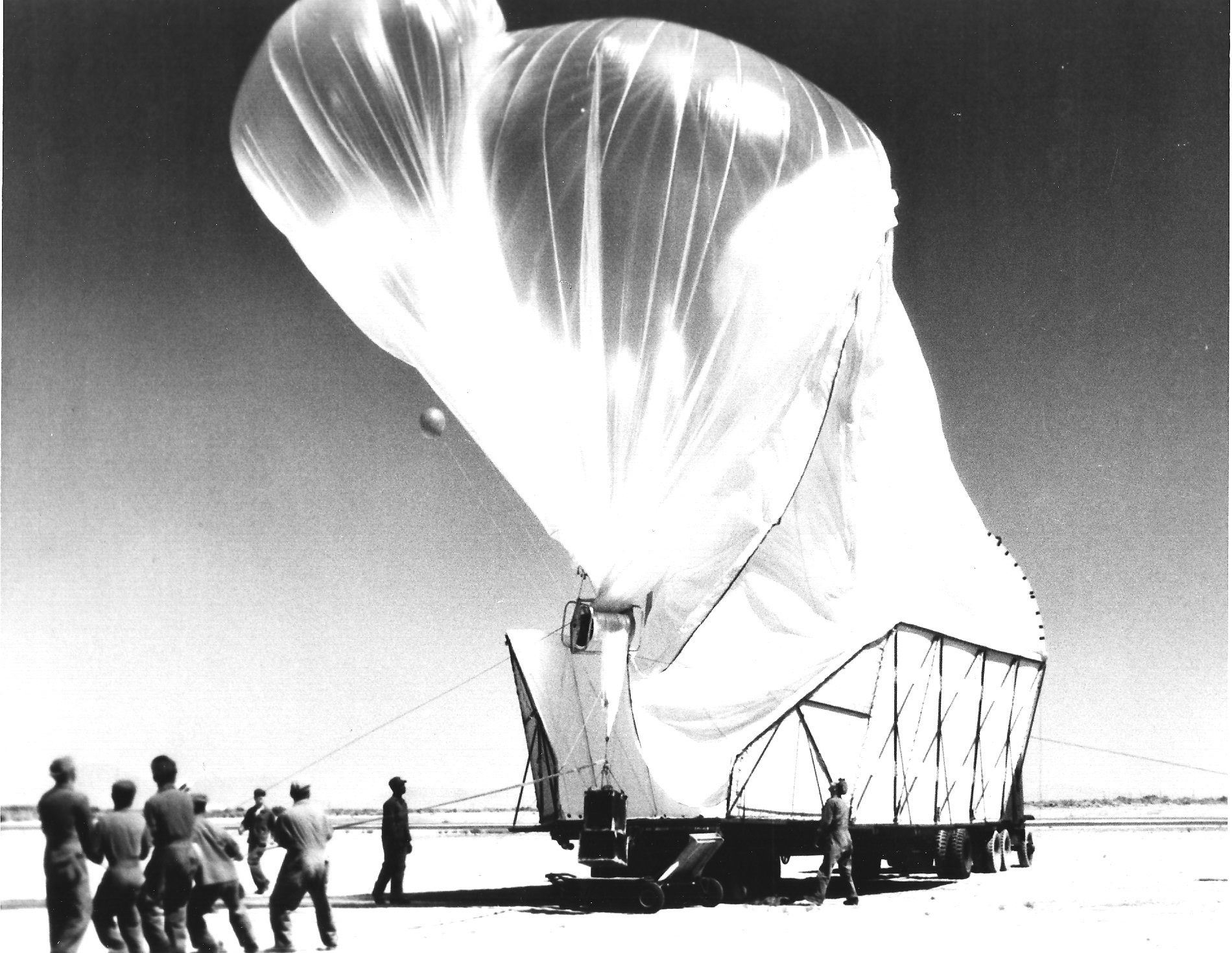
On January 13, 1956, a specially modified Air Force C-119 roared over the Sea of Japan in pursuit of a high priority target. The plane, callsign “Center 39,” suddenly made visual contact with what looked like a huge, translucent teardrop floating 50,000 feet in the air.
The crew quickly typed out a “cut down code” and watched a box drop from the bottom of the teardrop before deploying a set of parachutes. After a painfully tense series of unsuccessful passes, the crew finally succeeded, at 9,000 feet, with the difficult task of snatching the object with a grappling hook extended out of the rear of the aircraft.
This daring aeronautical maneuver was a part of one of the Cold War’s most incredible intelligence gathering stunts. In an effort to gather information from behind the Iron Curtain, the U.S. Air Force launched hundreds of spy balloons to float over the Soviet Union, collect photographic coverage, and hopefully reappear in friendly airspace for midair recovery.
In the days before reconnaissance satellites, balloons were seen as a safer alternative to proposals for manned overflights, and less provocative than plans to attach cameras to cruise missiles. But the audacity of the balloon program also reflected the tremendous appetite for recon information in Washington. In his 1991 history of the Moby Dick program, as it was known, Curtis Peebles describes how “the reconnaissance balloon had the highest national priority of 1-A. The only other project to share this priority was the hydrogen bomb. Knowledge is power.”

The Air Force began work on high-altitude balloon prototypes after World War II, and accelerated the programs during the 1950s. (One of the unintended results of these tests were a crop of purported UFO sightings across the U.S. Southwest.) Through trial and error, they discovered that tropospheric jet streams meander west to east, meaning that balloons released from Western Europe would hypothetically fly over the USSR toward U.S. military* bases in Japan. But flight at this altitude posed its own challenges. To cope with temperatures of -70℉, the balloons employed a special polyethylene that wouldn’t crack in the cold.
The balloons carried a 150-pound metal box with the approximate dimensions of an old television. Inside, a camera, film, and electronics were shielded from the conditions by several inches of styrofoam. Two additional tubs of ballast provided the balloons with rudimentary navigational aids. If sensors indicated a drop in altitude, magnetic valves inside the tubs could gradually release its steel dust to lighten the load.
Altitude was a critical detail, because in addition to taking advantage of the jet stream, balloons cruising at 50,000 feet were hypothetically out of reach of Soviet air defenses. Peebles’ history of the program describes optimal flight conditions: “Each morning as the sun rose, the photo cell would turn on the camera. The sunlight would heat the gas, causing the balloon to rise. Later, the gas would cool, causing it to descend. At sunset the balloon would glow red, green and blue in the darkening sky. The fading light would cause the photo cell to shut off the camera, the day’s photo run complete… Each day the cycle would repeat.”

Still, even the most optimistic assessments admitted that there was a possibility that some of the balloons would veer wildly off course. To aid in recovery, a cartoon and multilingual placard was included, encouraging them to be brought to U.S.-allied bases for a reward.
“THIS BOX CAME FROM THE SKY
IT IS HARMLESS
IT HAS WEATHER DATA IN IT
NOTIFY THE AUTHORITIES
YOU WILL RECEIVE A REWARD IF YOU
TURN IT IN AS IT IS”
The program officially commenced on January 10, 1956, with eight launches from Incirlik, Turkey, and one from Giebelstadt, West Germany. Wave after wave followed over the coming weeks, quickly racking up some 448 successful launches.
On February 4, the Russian ambassador presented the U.S. with a formal protest note, complaining about the “gross violation of Soviet Air Space… incompatible with normal relations between states.” The Russians also started searching for ways to attack the unarmored intruders. MiG pilots discovered that the balloons dropped in altitude at night and were easy prey at first sunlight.
An estimated 90 percent of the balloons either crashed or were shot down in this manner. And on February 6, two days after the Soviet protest, President Eisenhower met with his Secretary of State and ordered an end to the problematic launches.
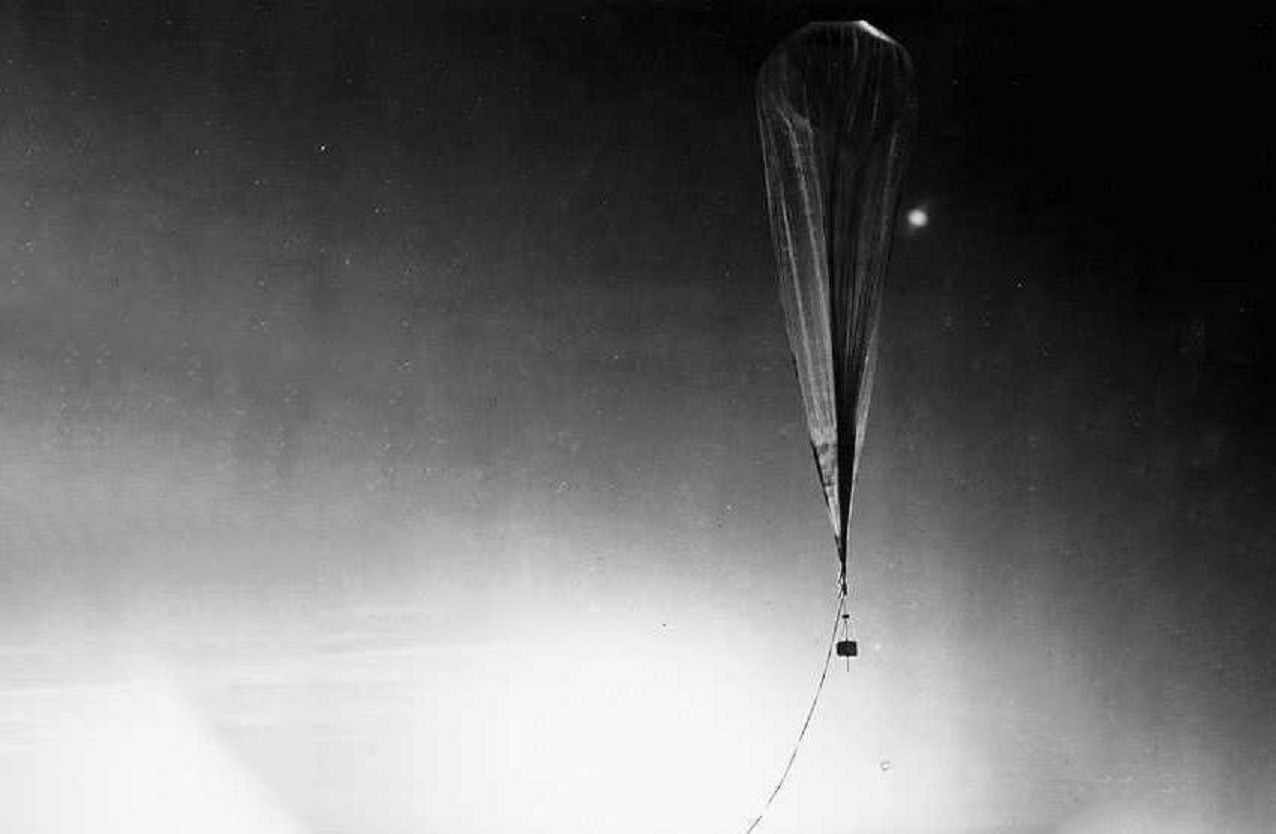
The loss rate “wasn’t as bad as it sounds,” says Tom Crouch, senior curator of the Division of Aeronautics at the National Air and Space Museum. That’s because the 44 surviving balloons came back with 13,813 photos covering over a million square miles of Sino-Soviet territory, roughly 8 percent of the nations’ landmass. Peebles concurs in his book, writing that the cost per square mile was “$48.49… significantly cheaper than the cost of getting mapping coverage of the U.S., then or now.” In the end, the balloon program provided illuminating information about Soviet infrastructure, and led to the discovery of a huge nuclear facility at Dodonovo, Siberia.
Soviet scientists examining the captured balloons also got something out of the program. Inside the hundreds of downed cameras they found temperature-resistant, radiation-hardened film that promised to solve a problem that their outer space program had been struggling with. When the Luna 3 probe recorded the first pictures of the far side of the moon in 1959, it did so using captured American film.
*Correction: An earlier version of this story incorrectly referred to the intended destination of Cold War-era U.S. surveillance balloons. They were U.S. military bases in Japan, not NATO bases.

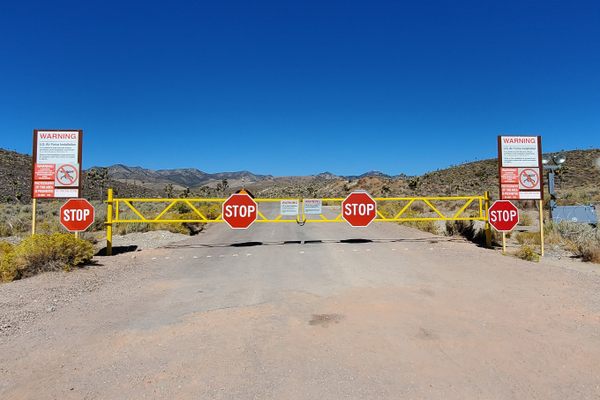
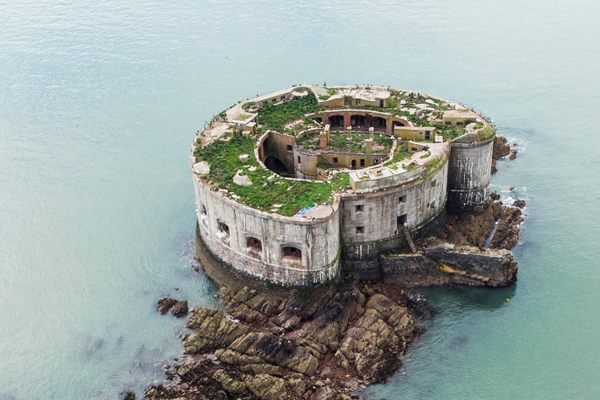
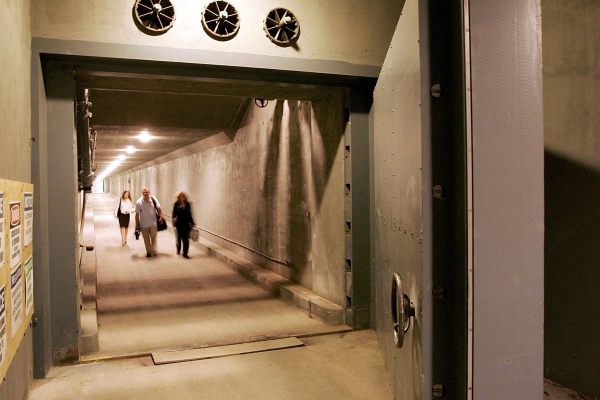
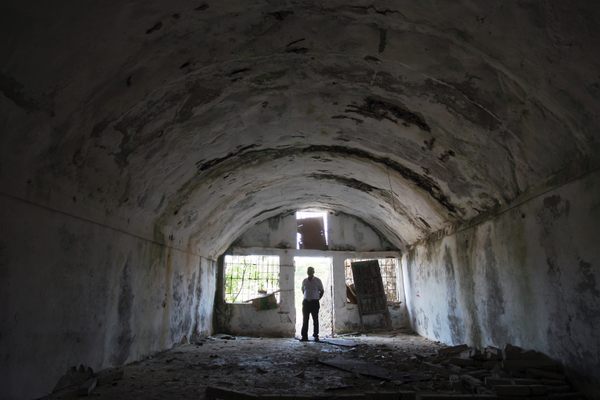







Follow us on Twitter to get the latest on the world's hidden wonders.
Like us on Facebook to get the latest on the world's hidden wonders.
Follow us on Twitter Like us on Facebook